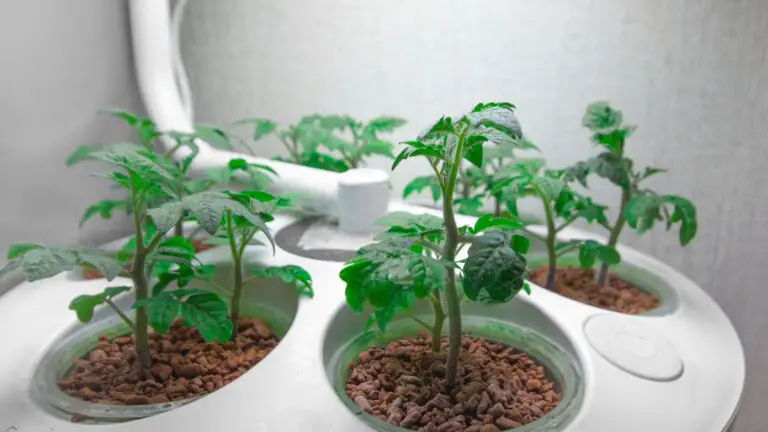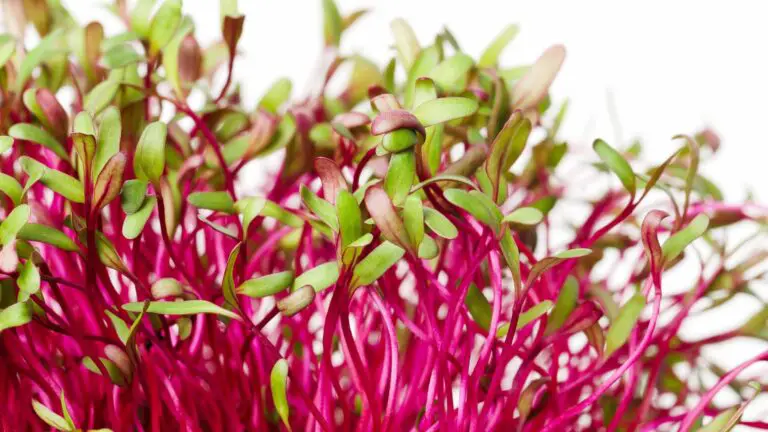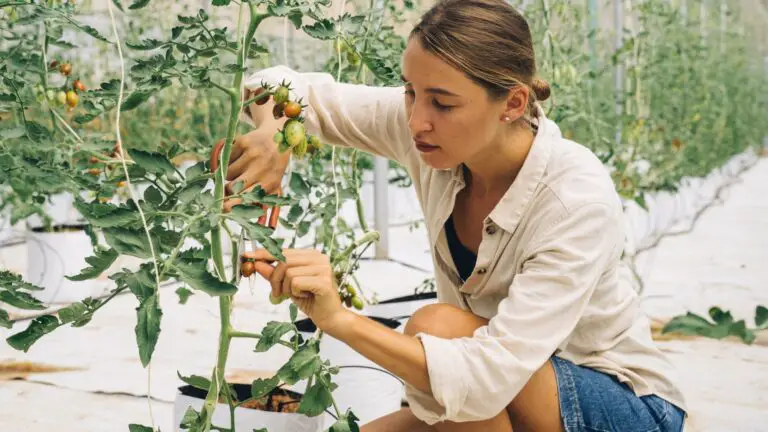How to Choose the Right Plants for Vertical Hydroponics
Disclosure: Your purchases through our links may earn us a small commission, supporting our site’s ability to provide valuable information to our readers. Rest assured, it won’t impact your price. Thank you for your support.
Suppose you’ve decided to set up a vertical hydroponic system in your home. In that case, you’re on your way to reaping the many benefits of hydroponic gardening, such as higher yields, faster growth rates, and fewer pests and diseases.
Before you can start harvesting fresh fruits and vegetables, you need to select the right plants for your system. Not all plants are suitable for vertical hydroponics, and of the ones that are, some will thrive while others will survive. This blog post will discuss what you need to consider when choosing plants for vertical hydroponics and provide a list of our top 10 picks.
We’ll also provide some tips on care and maintenance so you can keep your plants healthy and thriving!
What to Consider When Choosing Plants for Vertical Hydroponics
When selecting plants for vertical hydroponics, there are four main factors to consider: space, light, weight and feeding schedule. Let’s take a closer look at each one.
- Space: Vertical systems take up less floor space than traditional gardens but still have limited space. This means you need to choose plants that don’t spread out too much and can grow upward rather than outward. Vining plants like cucumbers, tomatoes, and watermelons are good choices because they can be trained to grow up in a support structure. Root vegetables like carrots and potatoes can also be grown in vertical systems, but they may not produce as much yield due to the limited root space. Also, when choosing plants for vertical hydroponics, make sure you take into account the vertical space requirements of each plant. Some plants can grow quite tall, so if you don’t have much vertical space available, it’s best to choose a plant that doesn’t grow too tall.
- Light: All plants need light to photosynthesize and create food for themselves. But all plants need not the same amount of light. Some plants, such as lettuce and spinach, can grow in low-light conditions, while others, such as tomatoes and peppers, require more light, like sunlight. When choosing plants for your vertical system, make sure to select varieties that will receive the appropriate amount of light, given the location of your system. If you’re growing plants indoors, ensure a good lighting system is in place. If you’re using artificial lighting, LED lights are a good option because they don’t produce as much heat as other types of bulbs. Also, remember that some plants need different light spectrums, so if you’re growing multiple plants, make sure you have suitable light bulbs for each one.
- Weight: Another consideration is the weight of the mature plant. Some plants, such as squash and pumpkins, can get quite large and heavy when they mature. If your support structure isn’t strong enough to hold up these heavy fruits, the plant may topple, harming itself and other nearby plants. To avoid this problem, stick to lighter fruits like tomatoes and peppers or leafy greens like lettuce and spinach.
- Feeding Schedule: The feeding schedule is another important consideration when selecting plants for vertical hydroponics. Some plants need to be fed more often than others, so choosing a plant that fits your schedule is important. If you cannot be consistent with your feeding schedule, it’s better to select a plant that doesn’t need to be fed as often.
What to Grow in Vertical Hydroponics?
Now that you know what factors to consider when choosing plants for vertical hydroponics, it’s time to select some specific varieties. Here are our top 10 picks:
So if you are searching for a better vertical hydroponic system,click here and check what method suits you in terms of design and budget.
Related:
Best Plants for Hydroponics to Grow Under a Grow Light
How to Grow Kratky Method Plants: A Passive Hydroponic System
Conclusion
When it comes to plants, there are a lot of factors to consider before selecting the right ones for your home or office. With so many options available on the market, selecting plants for any type of gardening can be daunting. But it’s especially important to do your research when choosing plants for vertical hydroponics. By considering the plants’ size and weight, lighting requirements, space requirements, and feeding schedules, you’ll be able to find the perfect plants for your system. With some planning, you can have a beautiful and unique display in no time!
Thank you for reading!
Also, read:
Timers for Successful Hydroponic Gardening
How to Choose the Right Hydroponic Pollination Method
The Difference Between Kratky and DWC Hydroponic Systems



